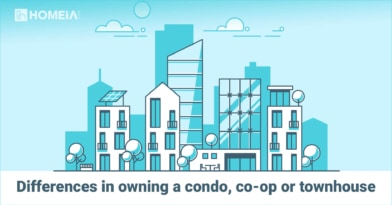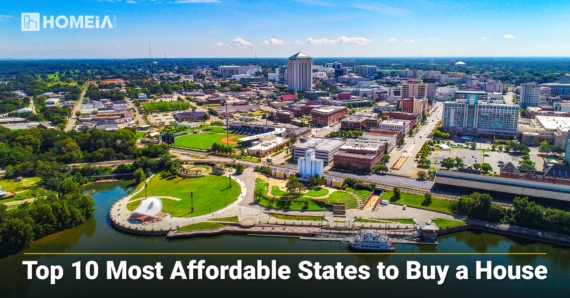An In-Depth Guide to Commercial Real Estate Property Types
- Author:by Neil Dempsey
- Category: Real Estate Investing

Have you ever wanted to explore new avenues for generating profits, such as capital gains (selling an asset for more than you paid for it) or rental income? If so, commercial real estate may have crossed your mind. Investing in income properties can be lucrative, but it requires a lot of careful research and consideration. If you are considering getting into commercial real estate for lease, one of the first steps is to familiarize yourself with the types of properties available on the market.
Here are six main categories of commercial properties to consider:
Table of Contents:
1. Offices
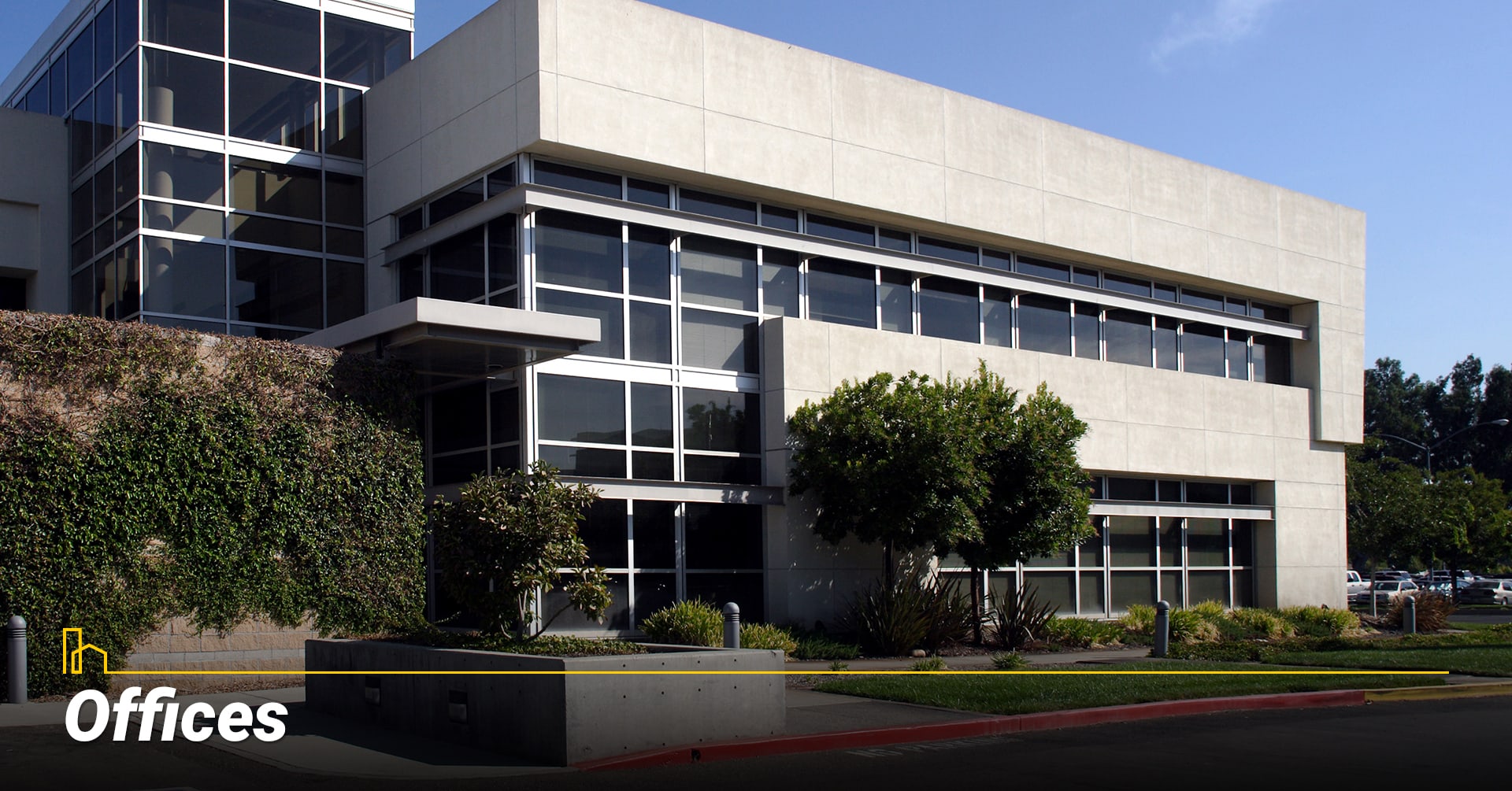
Office buildings come in a wide range of sizes and styles. They can be located in dense urban areas and central business districts or in spacious suburban settings. Office buildings can include skyscrapers or large, sprawling complexes that take up many thousands of square feet. On the other hand, some office buildings may be very small and only accommodate a few workers.
Office buildings can have single tenants or multiple tenants. Single-tenant properties are used by one company that wholly occupies the premises. Multi-tenant buildings can house everything from a handful of entrepreneurs to multiple medium-sized companies in one place.
If you are interested in constructing an office building from the ground up, you may want to look into build-to-suit options, in which the property is specifically designed to accommodate a particular tenant or buyer.
10 Most Important Tips to Prepare Your Commercial Real Estate for Sale
Here, we are going to highlight some tips to ensure that your listed commercial property gets sold quickly…
2. Hospitality

For some investors, the hospitality industry provides an exciting opportunity to generate ongoing income. Hospitality real estate can range from a small vacation rental to a large chain of hotels. Hotels are generally considered either independent or “flagged.” A flagged property is part of a large brand, such as Marriott or Hilton.
Hotels can broadly fall into three different types.
- a) Limited-service: These hotels may be budget-friendly and offer a limited range of services. They are popular among business travelers and individuals looking for comfortable stays without frills.
- b) Full-service: These hotels offer a complete set of services aimed at clients with larger budgets. They include amenities like restaurants, bars, spas, fitness centers, conference rooms, and more. They are popular among families, couples and solo travelers seeking convenience and luxury while they are away.
- c) Extended stay hotels: These hotels accommodate long-term stays and may have large rooms with kitchenettes, making them comfortable temporary homes.
Differences in Owning a Condo, Co-op or Townhouse
You can get around most of that when you buy a condo, townhouse or co-op. In this article, we’ll give you an overview of the differences in purchasing and owning these homes to help you get started toward your best decision…
3. Retail Buildings
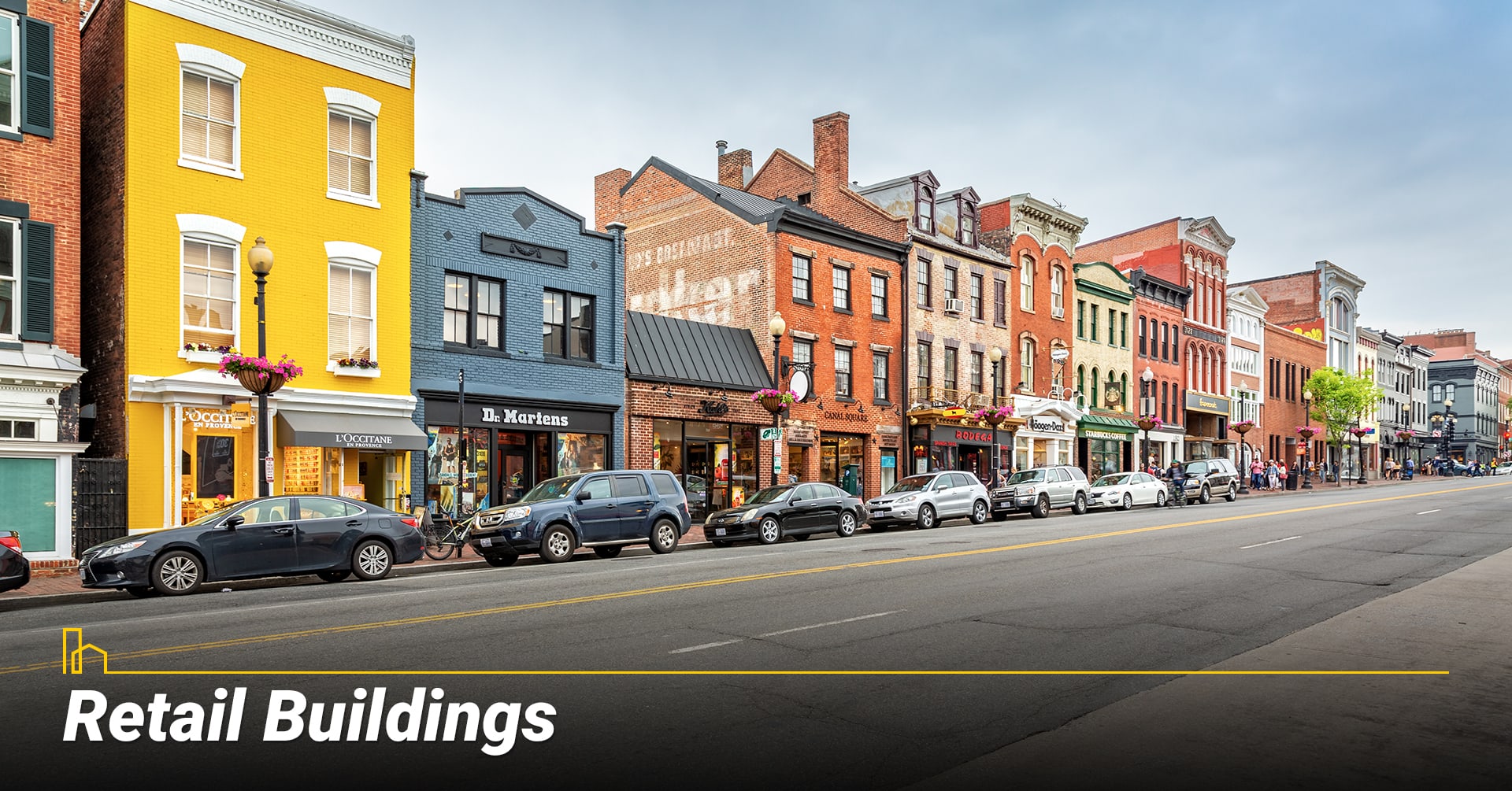
Retail commercial spaces include places like stores and restaurants and can be single-tenant or multi-tenant. Here are a few types of retail spaces:
- A. Grocery-anchored retail stores: After the COVID-19 pandemic, grocery-anchored retail stores, previously perceived as a mundane asset class, started to stand out again as a significant investment opportunity for investors. With the rise of online shopping and the implementation of safety protocols, grocery stores have experienced increased sales and more extended customer visits. These trends are expected to persist in the long run, making grocery store-anchored retail centers attractive to larger investors.
- B. Power centers: These centers consist of several smaller inline retail stores occupying varying square footage. These centers are distinguished by significant box retailers like Walmart, Lowes, Staples and Target. Investments in power centers can lead to higher revenues and potentially long-term growth.
- C. Regional malls: Retail malls can range in size from 400,000 to 2 million square feet. These malls typically have a few anchor tenants, such as department stores or big box retailers like Barnes & Noble or Best Buy.
- D. Out parcels: These are small lots owned by large retail centers and reserved for later sale to individual tenants such as fast-food restaurants or banks. Also known as “pads,” out parcels surround retail and shopping centers, adding value by accommodating smaller standalone buildings near the main shopping complex. Out parcels are often occupied by fast-food or chain restaurants.
Buying Single Family or Duplex Homes for Rental Income
We’ll look at the benefits of buying an investment property with Tim Kindem – A realtor and real estate investor. We’ll compare purchasing and maintaining a single-family home or a duplex for rental income. For the purposes of our discussion, we’ll focus on traditional single-family houses with their own private property…
4. Industrial Buildings
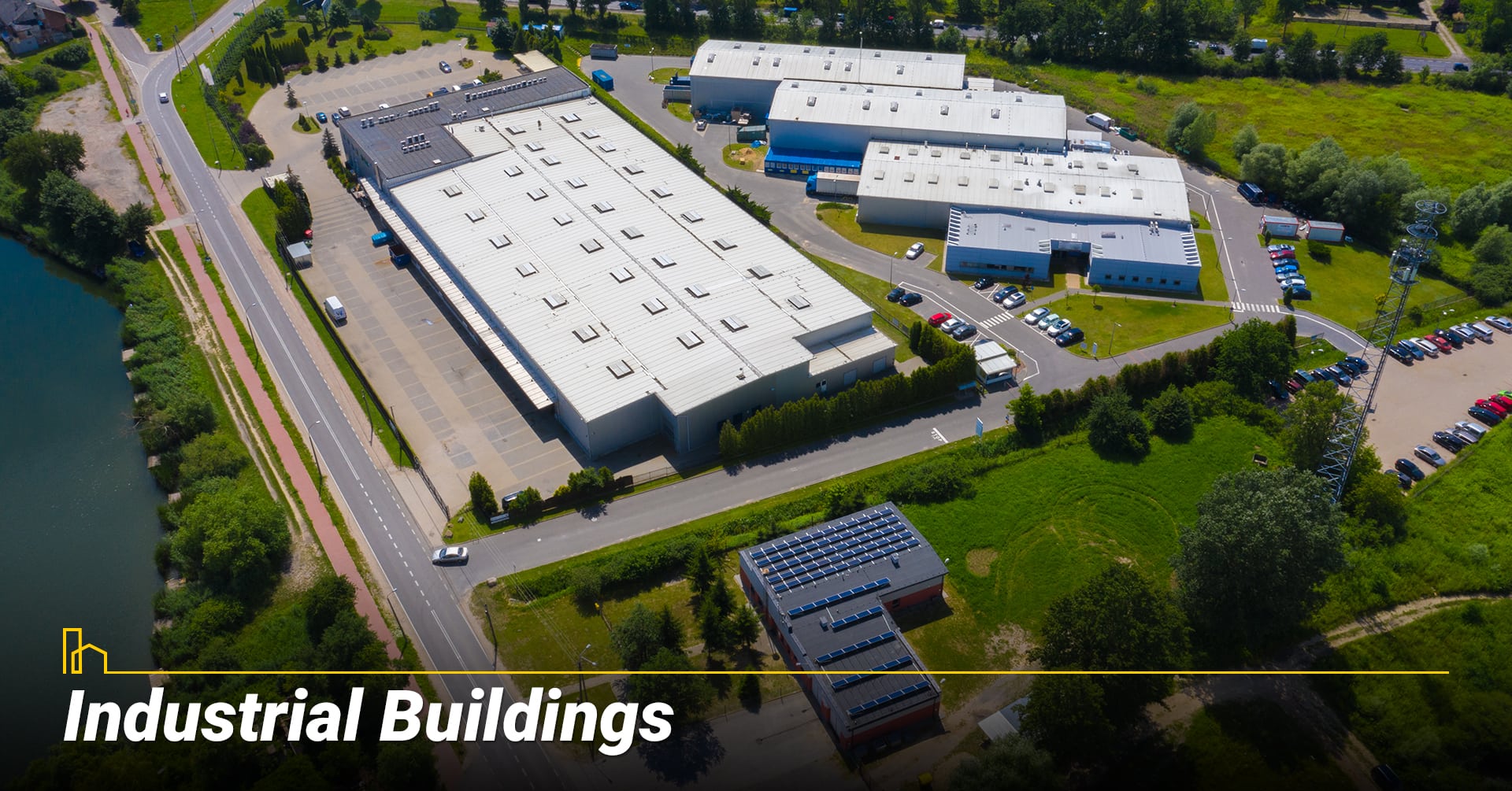
Industrial buildings are usually located outside urban areas, particularly along main transportation routes. They vary significantly in size, depending on their purpose. Industrial buildings generally fall into the following categories:
- a. Heavy manufacturing: These buildings are used chiefly by large manufacturers, as they are made with custom-built machinery for the end user.
- b. Assembly facilities: Simpler than heavy manufacturing buildings, assembly facilities are typically used for storage, product assembly and office space.
- c. Flex warehouse: This type of property combines business and industrial space and can be easily converted to accommodate the various industrial operations of multiple tenants.
- d. Bulk warehouse: These are large-space properties, ranging from 50,000 to 1 million square feet, usually used as distribution centers.
5. Multi-Family Buildings
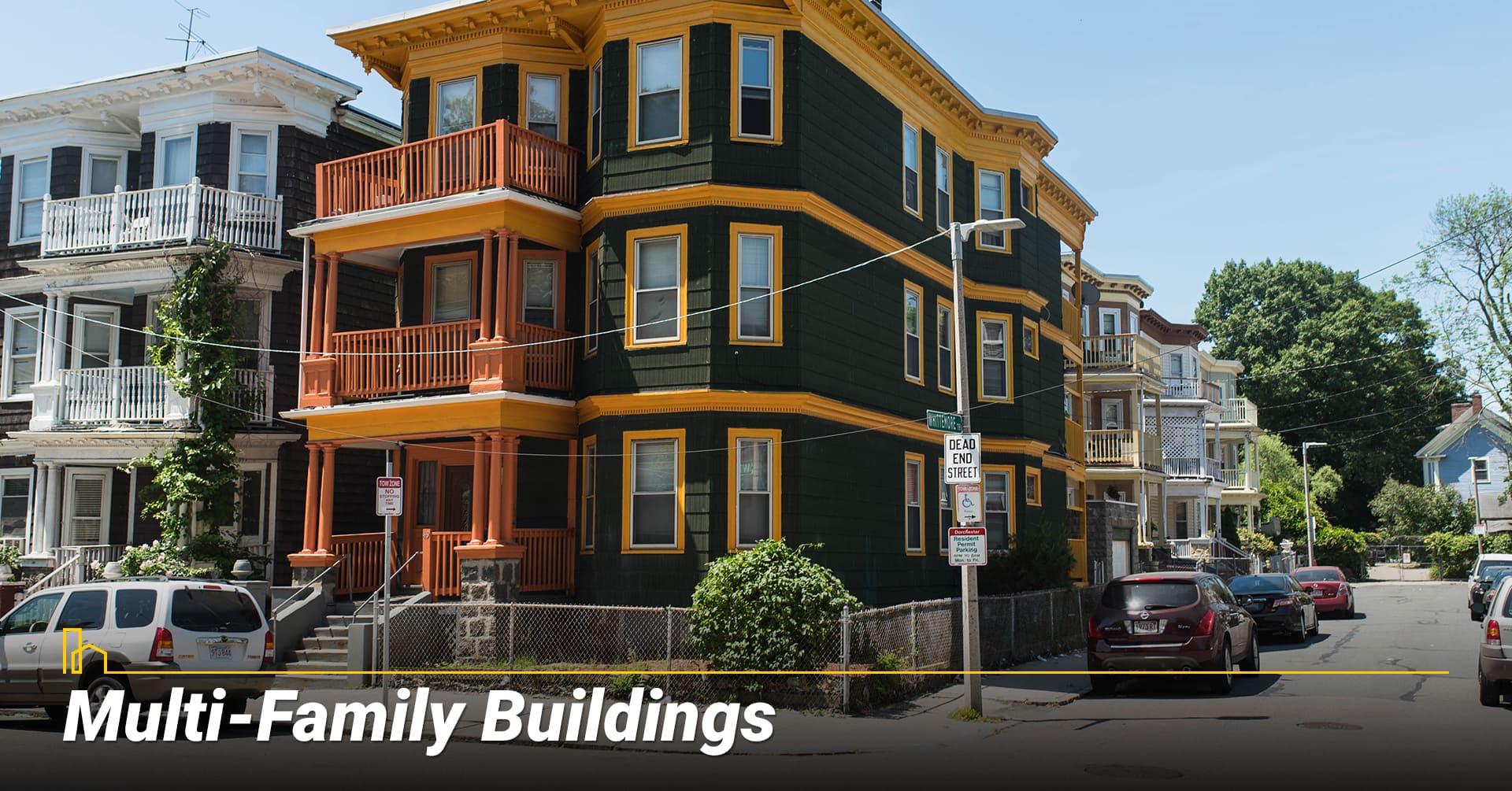
Multi-family buildings are owned by a single entity, with individual units leased out to tenants. These residential units can include apartments, cooperative housing or attached houses. While a multi-family property serves as a residence, it may be owned an investment.
Additional types of multi-family dwellings include duplexes (two-unit rental properties), triplexes (three-unit properties), and quadruples (four units). Multi-family apartment buildings can be categorized as low-, mid-, or high-rise, depending on the number of stories they may have:
- A. Low-rise apartments: These buildings are generally no more than four stories tall. They may share a yard or land on one property.
- B. Mid-rise apartments: These apartments are usually constructed in urban infill locations and may be about two to five stories tall, with a few dozen units.
- C. High-rise apartments: Generally located in larger markets, high-rises have many stories and are professionally managed.
8 Tips for Landlords to Increase Rental Property Income
There’re many ways to improve rental profits. For example, you can minimize expenses and protect your investment with preventive maintenance. Here, we will focus on 8 ways to improve your rental profits by upgrading the interior and exterior of your property…
6. Special Purpose Buildings
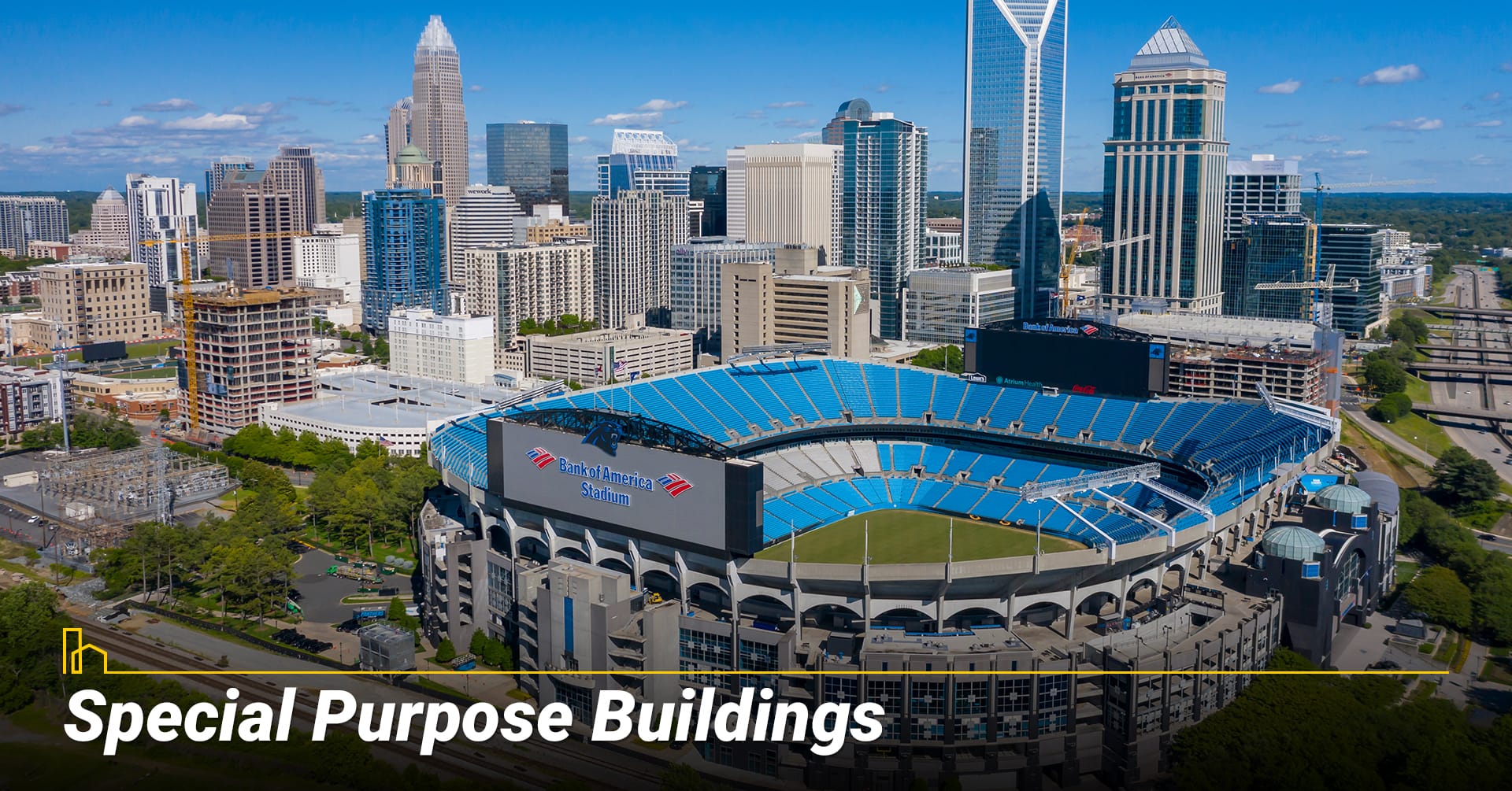
Commercial real estate also encompasses special-purpose properties like amusement parks, bowling alleys, parking lots, stadiums, theaters, zoos and more. It is challenging to convert these properties for other uses, and they are generally appropriate to only to a specific business. That means they may be hard to sell, given the limited pool of potential buyers.
Conclusion
Commercial real estate is a significant investment. Before you get started, make sure to thoroughly research the different opportunities available to you so you can determine which type of property best suits your interests and needs and has the best chance of bringing you financial benefits into the future.
Common Types of Real Estate Loans
There’re many types of mortgage products available for investment property home buyers. You may wish to talk with a mortgage professional to help you find which mortgage loan best fits your needs for investment properties. The following are descriptions of the most common types of mortgages…


